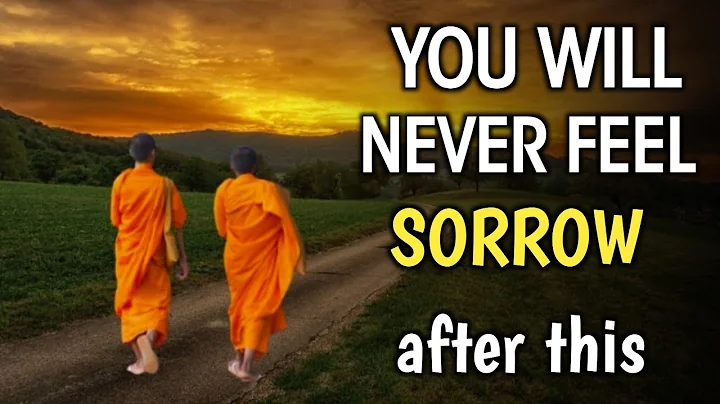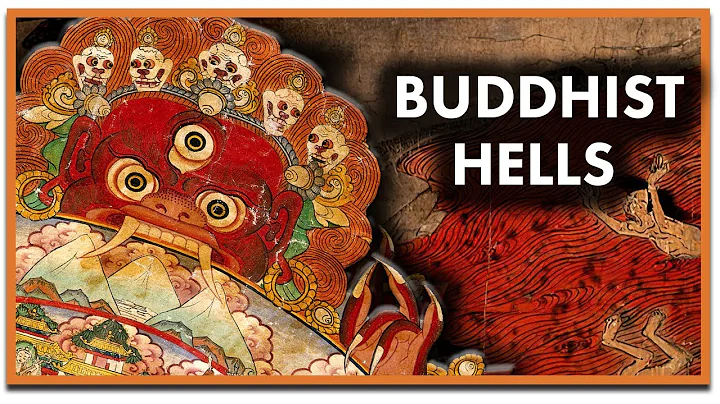Emperor Han Ming Dream gold man.
Emperor Guangwu of the Han Dynasty After his death, Prince Liu Zhuang succeeded to the throne, that is, Emperor Ming of the Han Dynasty.
Once, Emperor Han Ming had a dream. In the dream, a golden man appeared with a halo on his head, flying around the palace, and then ascending into the sky and heading west.
The next day, he asked the ministers who the golden man with the shining head was.
A doctor named Fu Yi said: "Tianzhu has a god named Buddha. The golden man with a light on his head must be the Buddha of Tianzhu."

Tianzhu's other name is body Poison is the place where the founder of Buddhism Shakyamuni was born. Tian is another name for ancient India. Sakyamuni was born in the northern part of ancient India ( Kapilavaspan, in present-day Nepal). Shakyamuni was originally a prince, who was born around 565 BC. Legend has it that at the age of 29, he was tired of the comfortable life of the royal family and became a monk. Later, he founded Buddhism Shi Yingmuni and preached Buddhism everywhere. He preached for more than 40 years and received many believers. Everyone respected him as "Buddha." After he died, his disciples sorted out his doctrines during his lifetime and compiled them into scriptures. This is the Buddhist scriptures.
Emperor Han Ming was very interested in Fu Yi's words, so he sent two officials Cai Xi and Qin Jing to Tiansi to ask for Buddhist scriptures.

Cai Xi and Qin Jingba waded through the mountains and rivers and reached the Kingdom of Heaven. People in Tianzhu welcomed the envoys sent by China to ask for Buddhist scriptures. Naturally, there are two Shamen (senior monks), one is called Shemoteng, and the other is called Sphalan. They helped Cai Xi and Qin Jing understand some Buddhist principles. Later, they Cai Xi and Qin Jing decided to come to China.
In 67 AD, Cai Xi and Qin Jing guided two sand gates and carried a Buddha statue and 42 sutras with white horses.After passing through the Western Regions, he returned to Luoyang.

Although Emperor Han Ming did not understand Buddhist scriptures and did not know the principles of Buddhism, he still respected the two sandmen who came to send the scriptures. In the second year, he ordered a Buddhist temple to be built in the west of Luoyang City in the style of the sky basket, and the white horses that sent the prayers were also offered there. He named the temple 白马寺 (in Luoyang City, Henan today). East).
Although Emperor Han Ming sent people to ask for Buddhist statues, he actually didn't understand Buddhist scriptures and didn't believe in Buddhism. On the other hand, he advocated Confucianism . The ministers of the imperial court also did not believe in Buddhism, so not many people went to the White Horse Temple to worship Buddha.
.






![[English] Who Am I - Lecture 1 - Ven. Guan Cheng - DayDayNews](https://i.ytimg.com/vi/KU0fUs2It5o/hq720.jpg?sqp=-oaymwEcCNAFEJQDSFXyq4qpAw4IARUAAIhCGAFwAcABBg==&rs=AOn4CLDFpQUN_QwRfC7bmP4sUadq-RcYdg)
![A Moving Masterpiece 清明上河图 [English narration] - DayDayNews](https://i.ytimg.com/vi/kxff-4GktOI/hqdefault.jpg?sqp=-oaymwEcCOADEI4CSFXyq4qpAw4IARUAAIhCGAFwAcABBg==&rs=AOn4CLBtHGLeUpJNCYDJYnZTuISQ1N5Vag)


